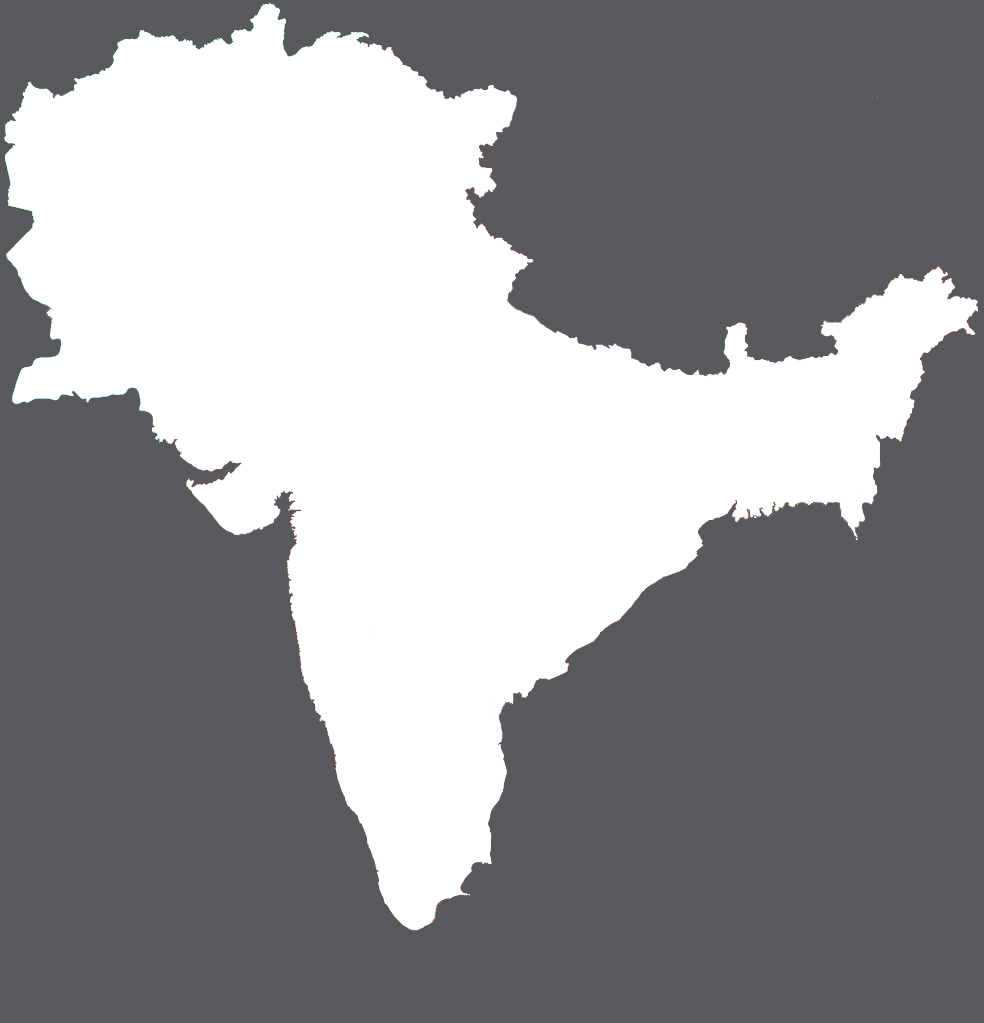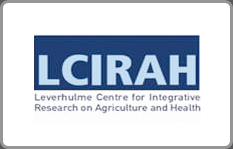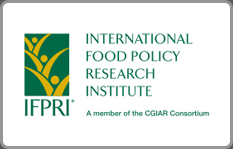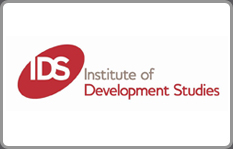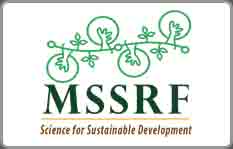Lack of coordination and nutrition literacy: just two issues holding back progress

Mara van den Bold shares initial findings from interviews with stakeholders
Bangladesh, Pakistan and India have seen significant economic growth in recent years. A large part of the population in these countries depends on agriculture for their livelihoods, yet high rates of stunting (above 40%) persist. Stunting is caused by chronic malnutrition that prevents children realizing their full physical and mental potential.
I was part of the LANSA team who conducted a series of interviews with influential people working in agriculture and nutrition in Bangladesh, Pakistan and India, earlier this year. The interviews provided valuable insights into the challenges and opportunities for making agriculture work better for nutrition. I presented the preliminary findings at LCIRAH’s 4th Annual Conference on “Agri-food policy and governance for nutrition and health”.
Here are some of the initial findings:
While there is a continued emphasis on increasing yield of staple crops, nutrition is gaining ground
Interviewees across all three countries expressed concern that there was a continued policy focus on increasing yield of staple crops. This focus detracts from much needed attention to increasing the production of vegetables, pulses, livestock, and fisheries. However, there was also recognition that nutrition is starting to gain ground in policy discussions. Stakeholders in Pakistan highlighted the recent development of provincial level multisectoral nutrition strategies, which will involve all relevant sectors. In India, several multisectoral initiatives at state level are also gaining ground, for example in Karnataka and Odisha.
There is a lack of coordination, and a lack of nutrition literacy
Interviewees in all three countries highlighted the challenge of working on nutrition across sectors. Ministries do not communicate well at national level and the work of extension workers does not sufficiently overlap. Furthermore, in some countries, nutrition is considered to be just the mandate of the Ministry of Health (in the case of Pakistan) or the Ministry of Women and Child Development (in the case of India). These ministries may not always have the convening power to ensure nutrition is integrated into other sectors’ plans and budgets. Added to this is a lack of knowledge and understanding among policymakers, agricultural extension workers and farmers. These groups were generally reported to require more awareness of how undernutrition detrimentally impacts health and the economy. Stakeholders reported that this is a key challenge that often results in a lack of technical capacity at national, provincial and state levels.
How to influence / inform policy makers
Interviewees noted that research findings do not always reach policy makers. Instead, policy makers tend to base their policy decisions on issues that win votes, ensure donor investments, or satisfy their own policy agenda. Hence, short policy briefs with clear recommended actions and key messages were suggested as an effective way to translate findings into readable language. Other influential ‘avenues’ through which to communicate research could also include the media and nutrition champions that have political sway in the country in question. Cost-effectiveness was noted as an issue that could convince policy makers to invest in nutrition.
Financial resources need to be allocated appropriately and capacity gaps need to be addressed
Interviewees suggested several actions that governments and other players can take to overcome the challenges identified, and improve the nutrition-sensitivity of existing agricultural programmes and value chains. They emphasized that while financial resources are usually sufficient, budgets need to be allocated in a more appropriate way. Capacity gaps regarding convergence, coordination, scaling up, and translating policy into implementation need to be urgently addressed.
Interviews with over 50 influential stakeholders
The interviews were conducted as part of LANSA’s research theme ‘Enabling Environments for Nutrition’. LANSA mapped and then interviewed over 50 relevant stakeholders who are working on agriculture and/or nutrition, from government, civil society, the private sector, research, and the media.
The interviews followed a series of reviews and mapping exercises that aimed to:
- Identify the main barriers and facilitators to nutrition-sensitive agricultural development in the region;
- Take stock of the knowledge gaps related to how agriculture can further improve nutrition outcomes;
- Find out how evidence can better inform policy; and,
- Further inform LANSA’s research agenda.
In the coming months, the findings from the evidence and policy reviews and stakeholder interviews will be brought together and analyzed, in order to come up with several recommendations of ‘how to’ improve the nutrition-sensitivity of agriculture (and other relevant sectors such as water, sanitation and hygiene) in each of these countries. Hence, the research is by no means finalized, and LANSA is very much looking forward to continuing its collaboration with stakeholders in-country to further develop and contextualize its research agenda.
Sign up to LANSA’s E- newsletter to stay in touch with further news on this work.
Apart from interviewing many of the stakeholders in India, Mara van den Bold coordinated the interviews in all three countries and analyzed the initial findings for LANSA.

